 On January 13th 2021, at 21h10 UT, Calar Alto Observatory (Almería) registered its first fireball of the year.
On January 13th 2021, at 21h10 UT, Calar Alto Observatory (Almería) registered its first fireball of the year.
SMART Project’s detectors located at Calar Alto (Almería), Sierran Nevada (Granada) and Seville observatories detected this event.
Calar Alto Observatory (Almería) recorded the object with two of its external surveillance webcams.
Following the preliminary analysis carried out by Professor José María Madiedo (Instituto de Astrofísica de Andalucía IAA-CSIC), and SMART project's PI, this event was caused by a rock detached from a comet which impacted against our atmosphere at an estimated speed of 65.000 km/h.
The luminous part of the phenomena started at an altitude of 106 km above the north of Africa. Then the object moved northwestward above the south Mediterranean Sea and finished at an altitude of 65 km above the sea.
The image shows the path followed by this fireball
Below are the videos registered with the two external surveillance cameras, both operated at Calar Alto Observatory in Almería (South Spain).
Calar Alto (CAHA) fireball detection station, together with the one at the Observatory of Sierra Nevada (IAA-CSIC) and others placed at different locations in Spain, are part of the S.M.A.R.T. project led by Professor José María Madiedo (IAA) to track that kind of objects. Specifically, Calar Alto (CAHA) station and the one at Sierra Nevada (IAA-CSIC) constitute a collaboration agreement between the IAA researcher José María Madiedo and both institutions.
 English (UK)
English (UK)
